-
 © Bonhams
© Bonhams -
 © Classic Auto Mall
© Classic Auto Mall -
 © British Motor Museum
© British Motor Museum -
 © British Motor Museum
© British Motor Museum -
 © British Motor Museum
© British Motor Museum -
 © British Motor Museum
© British Motor Museum -
 © DeFacto/Creative Commons licence https://creativecommons.org/licenses/by-sa/4.0/
© DeFacto/Creative Commons licence https://creativecommons.org/licenses/by-sa/4.0/ -
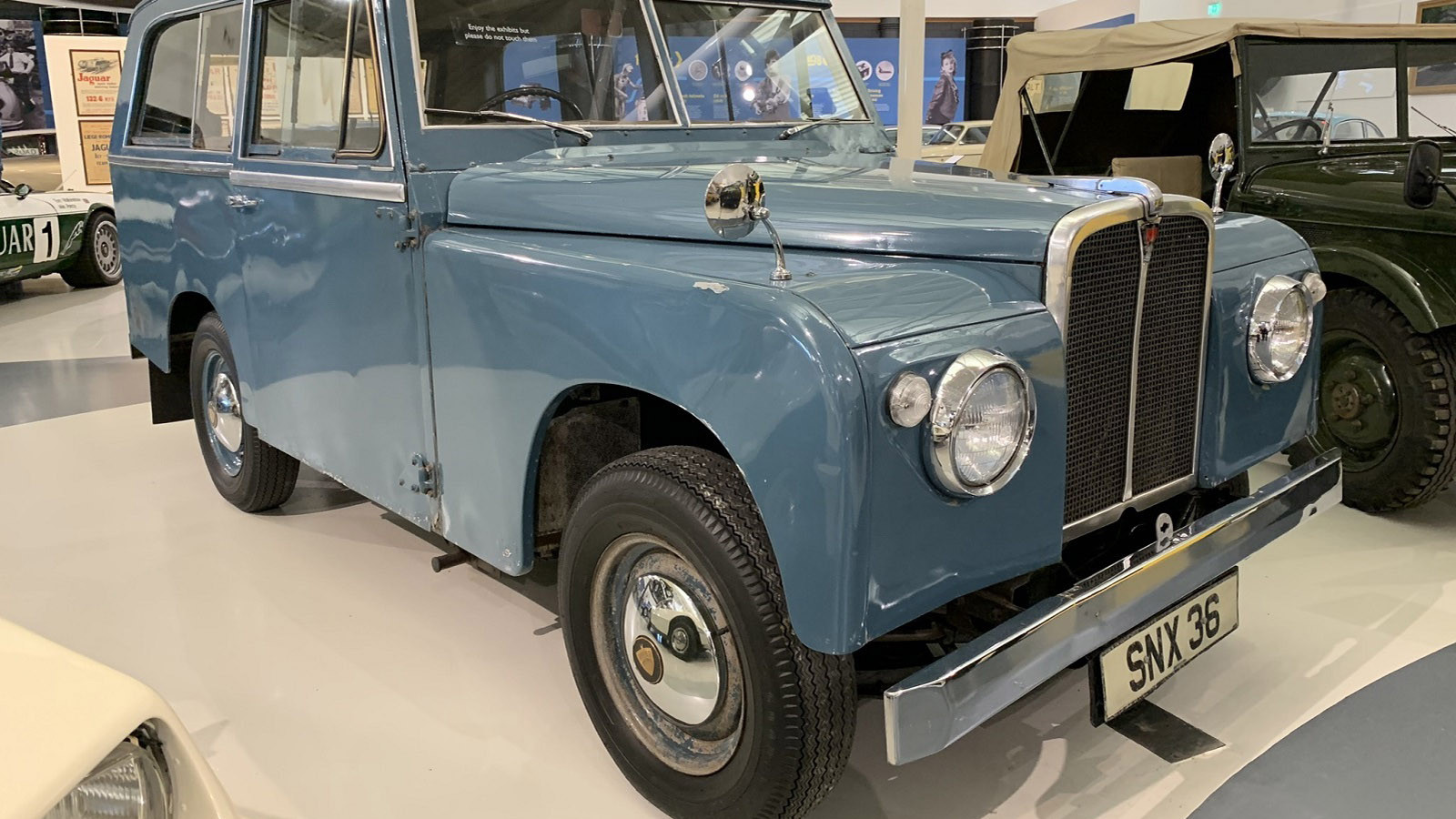 © Rover P4 Drivers’ Guild
© Rover P4 Drivers’ Guild -
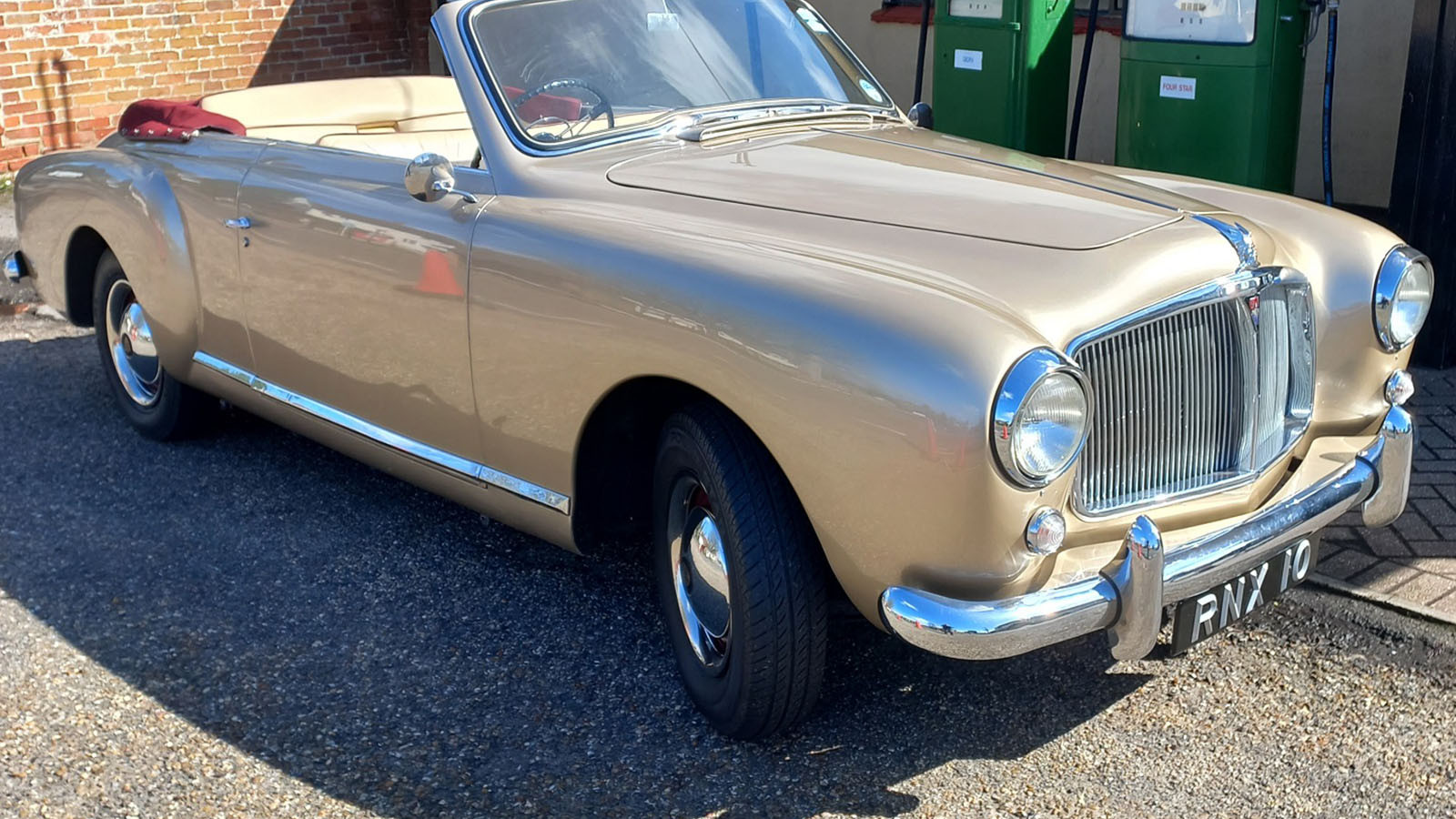 © Rover P4 Drivers’ Guild
© Rover P4 Drivers’ Guild -
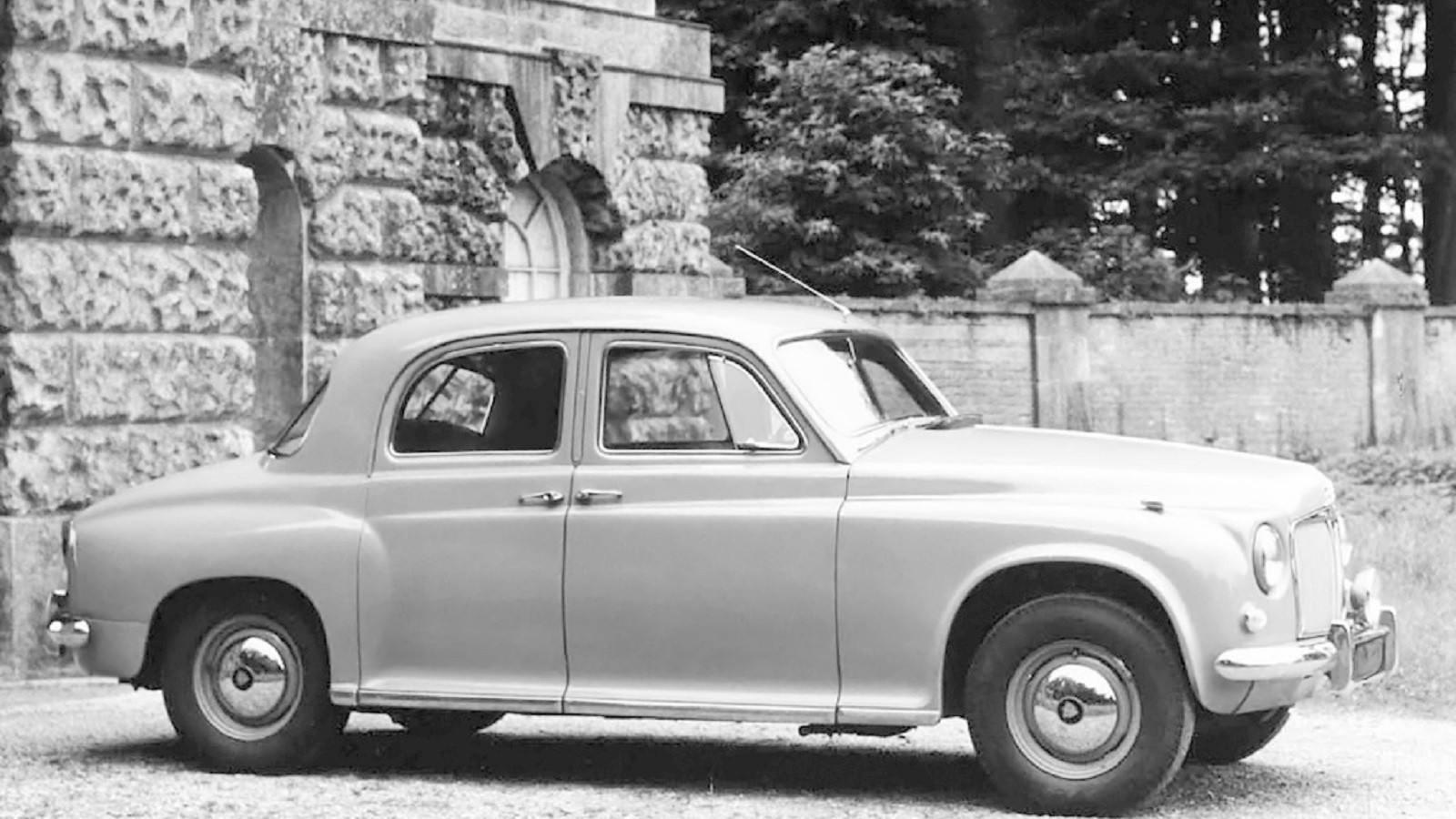 © Rover Group
© Rover Group -
 © Rover Group
© Rover Group -
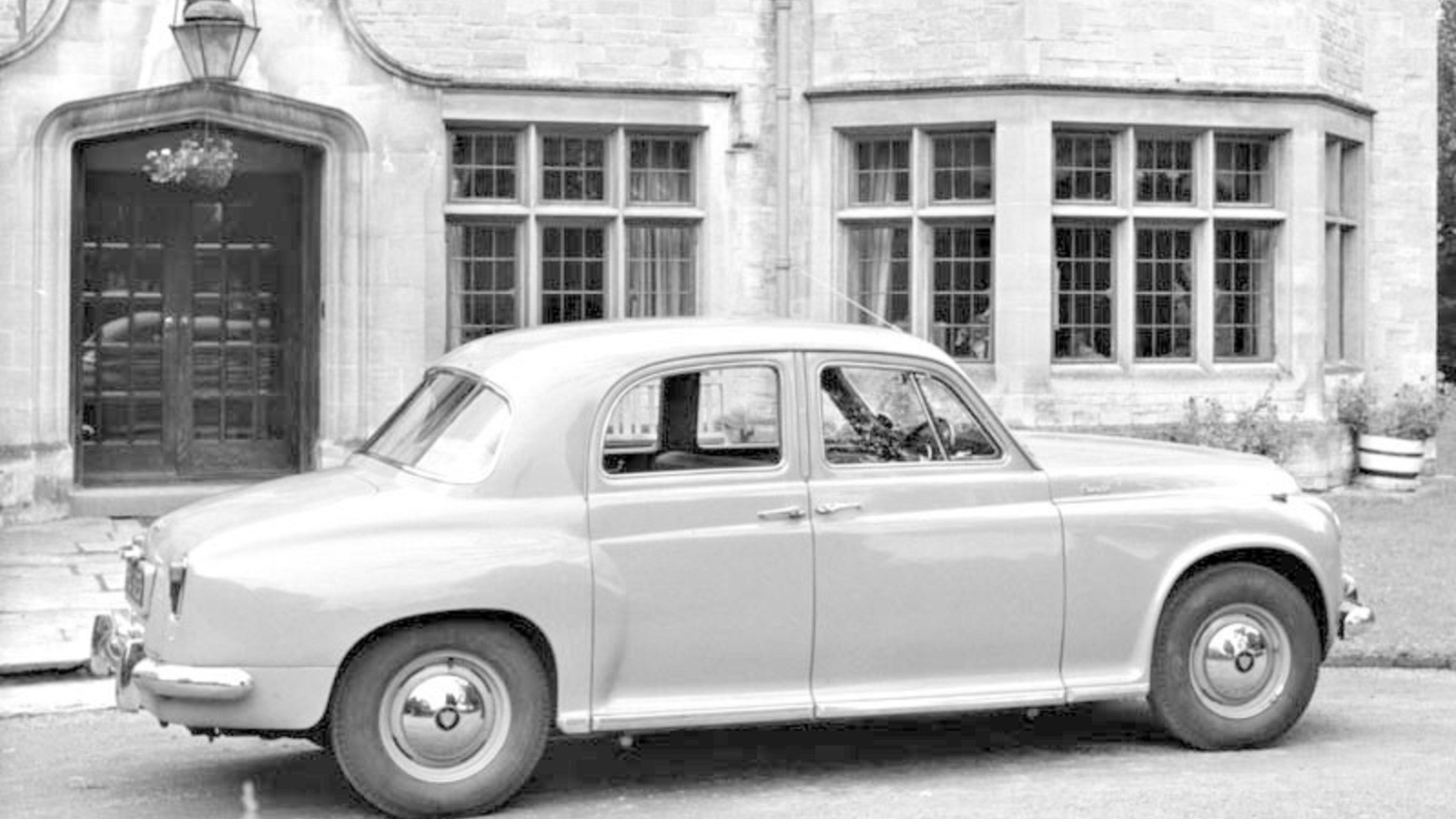 © Rover Group
© Rover Group -
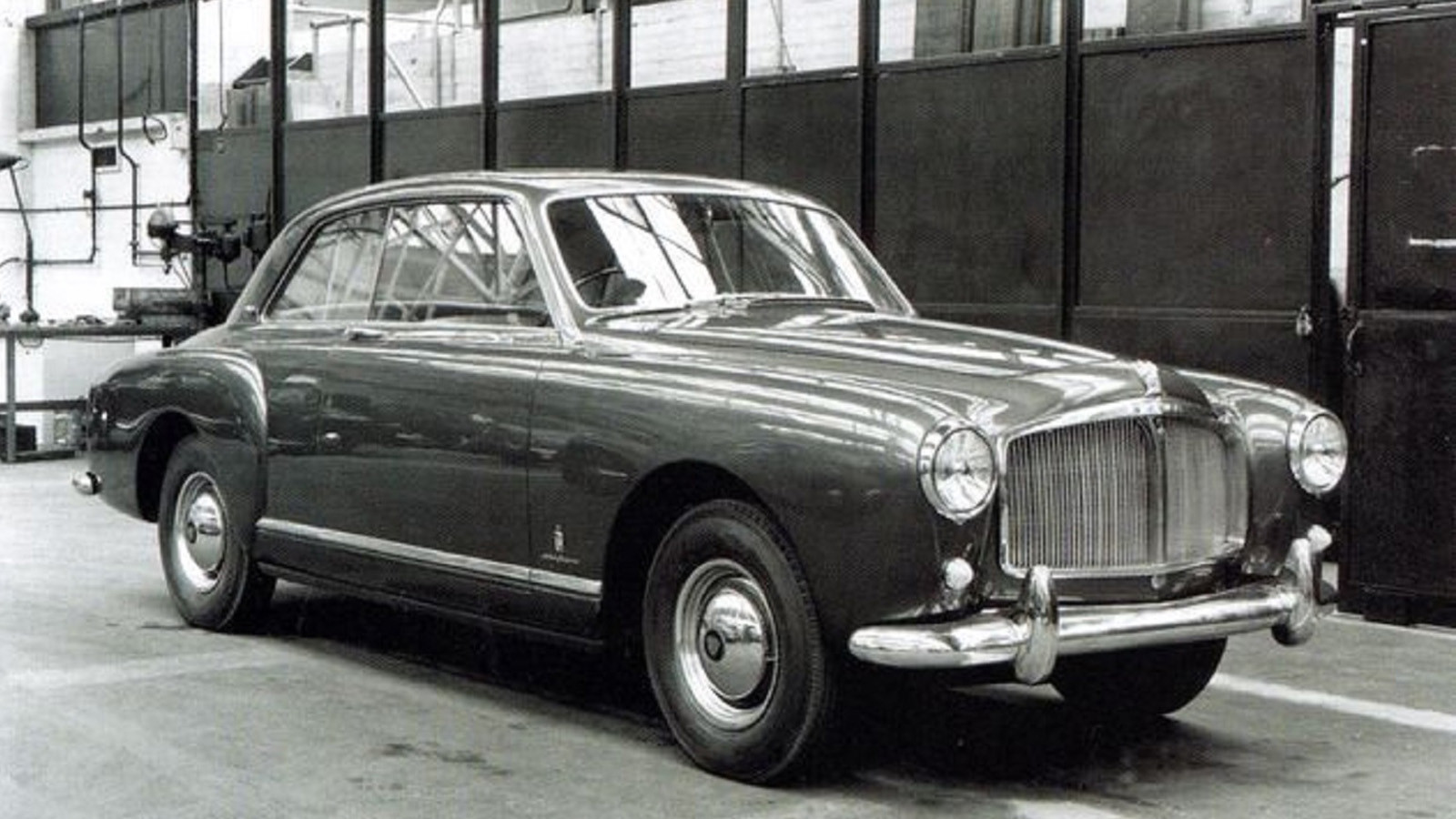 © British Motor Museum
© British Motor Museum -
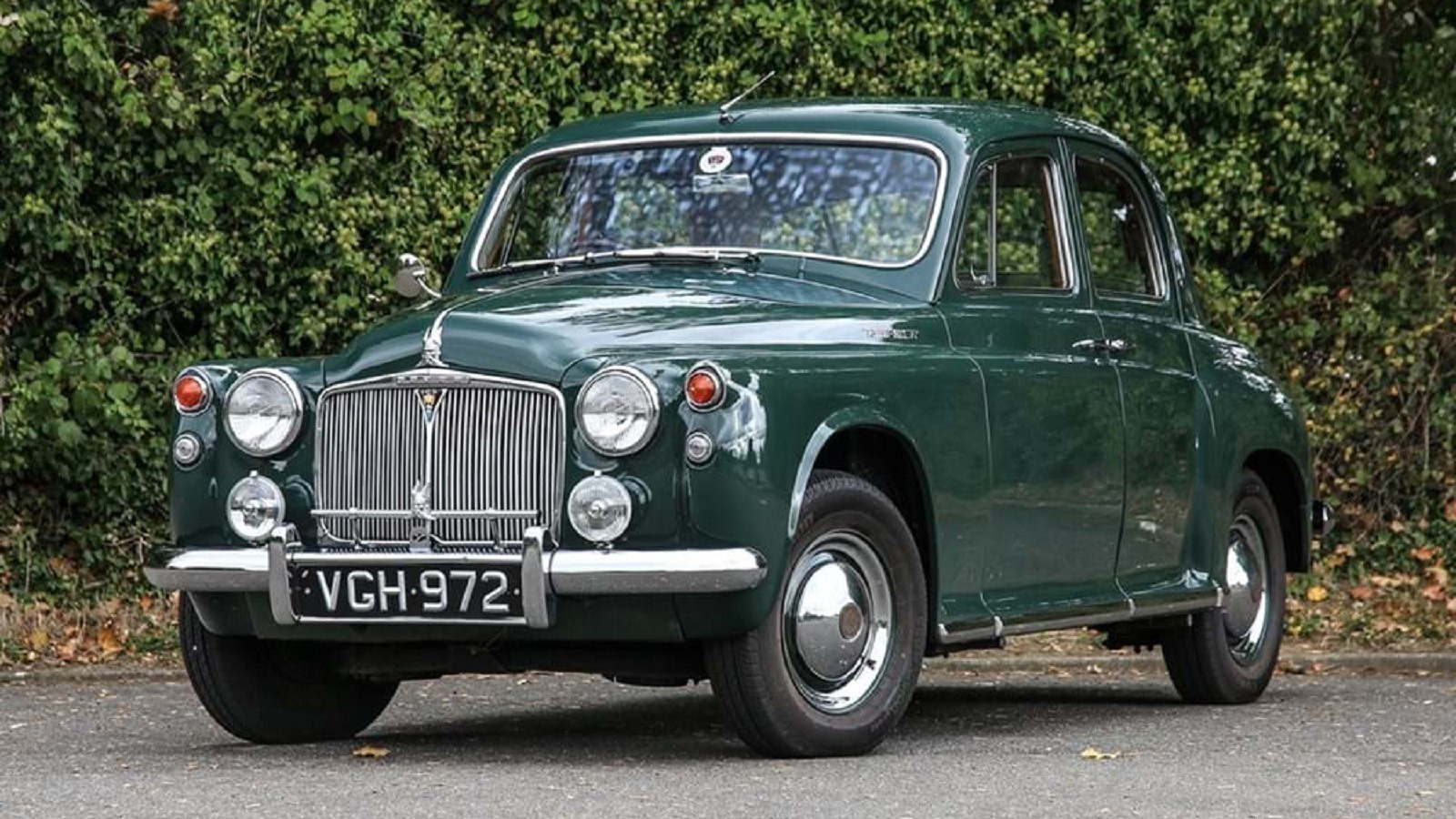 © Historics Auctioneers
© Historics Auctioneers -
 © South West Vehicle Auctions
© South West Vehicle Auctions -
 © Karen Roe/Creative Commons licence https://creativecommons.org/licenses/by/2.0/deed.en
© Karen Roe/Creative Commons licence https://creativecommons.org/licenses/by/2.0/deed.en -
 © Rover Group
© Rover Group -
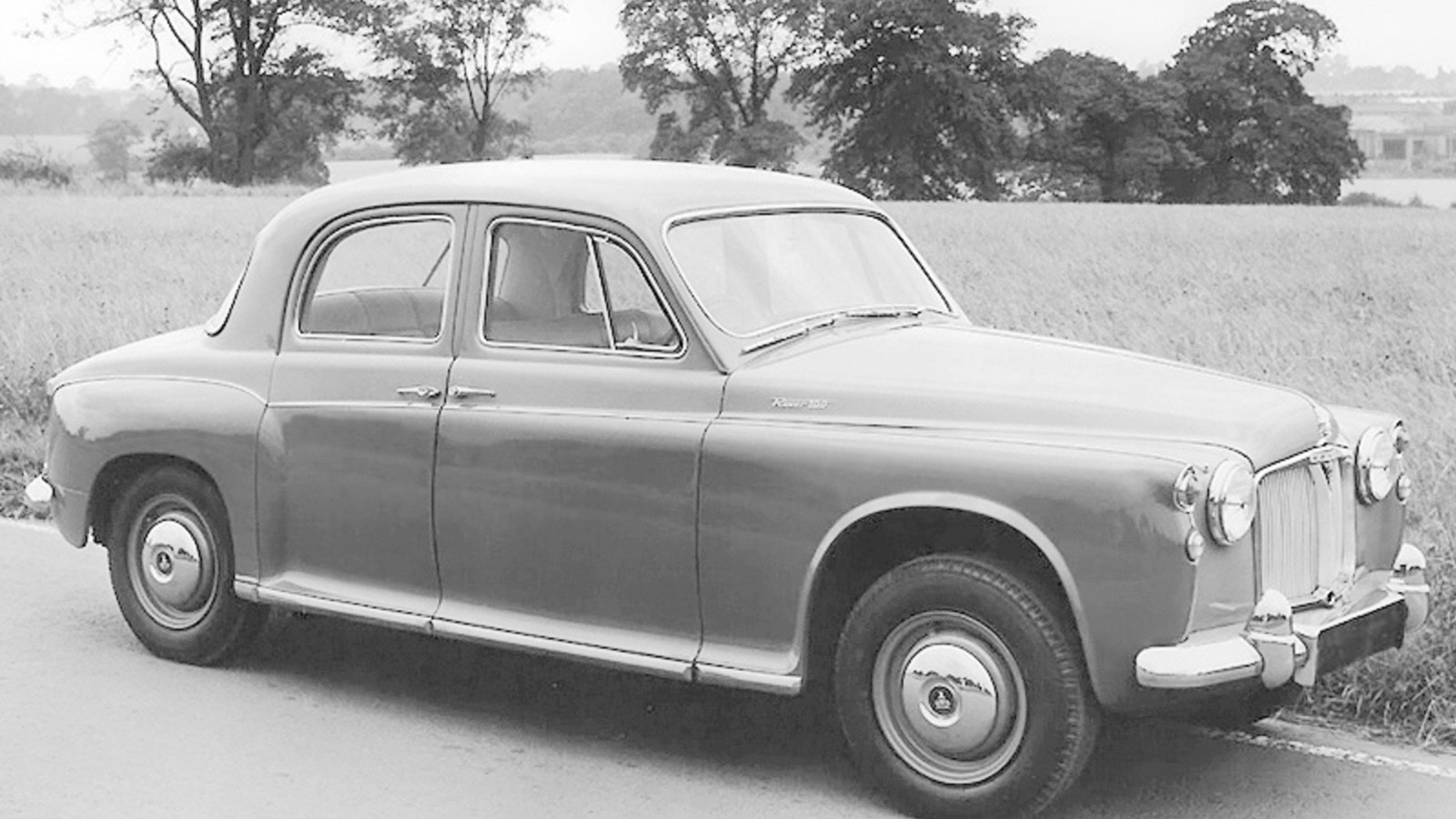 © Rover Group
© Rover Group -
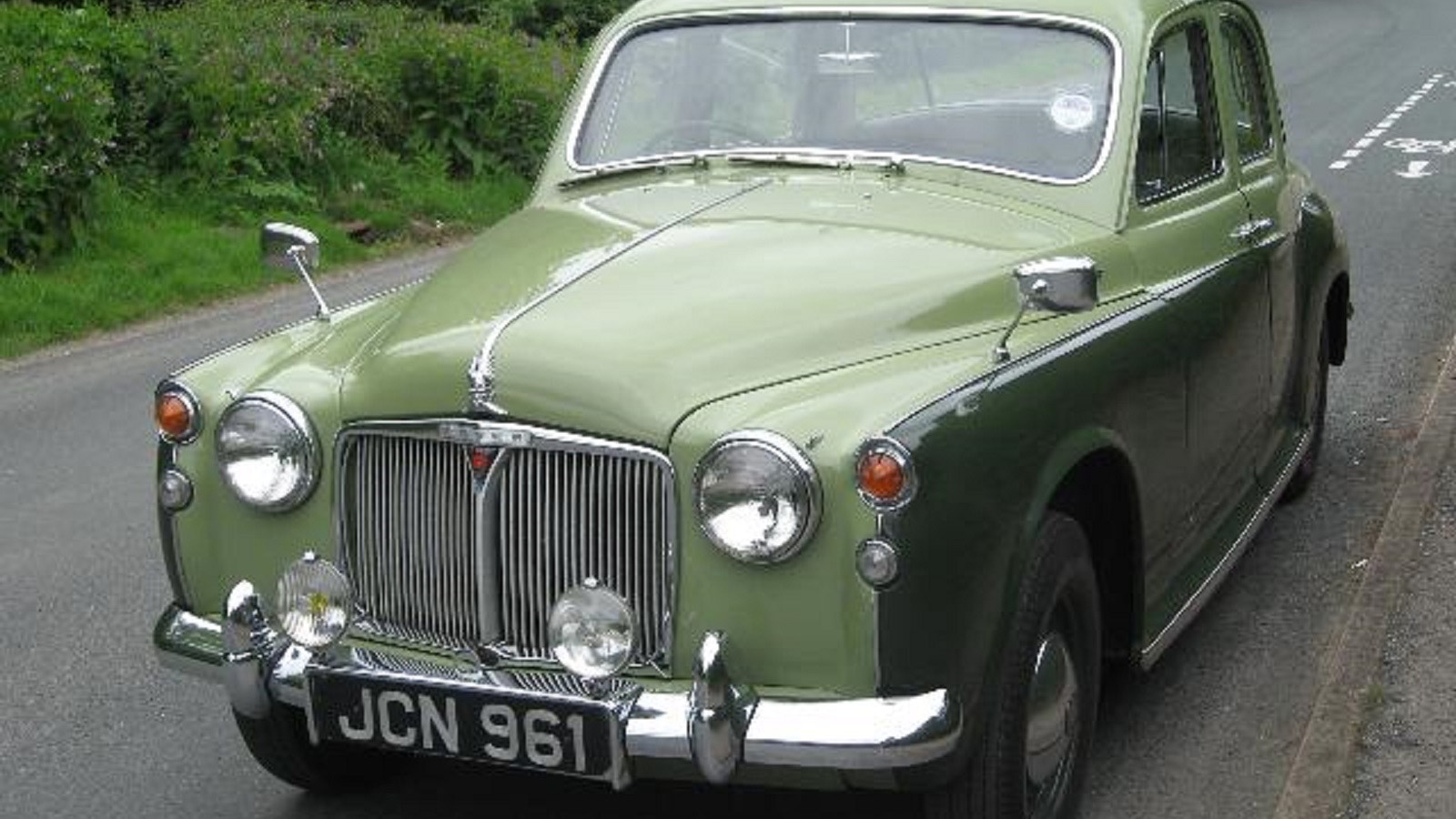 © Classic and Sports Car Ltd
© Classic and Sports Car Ltd -
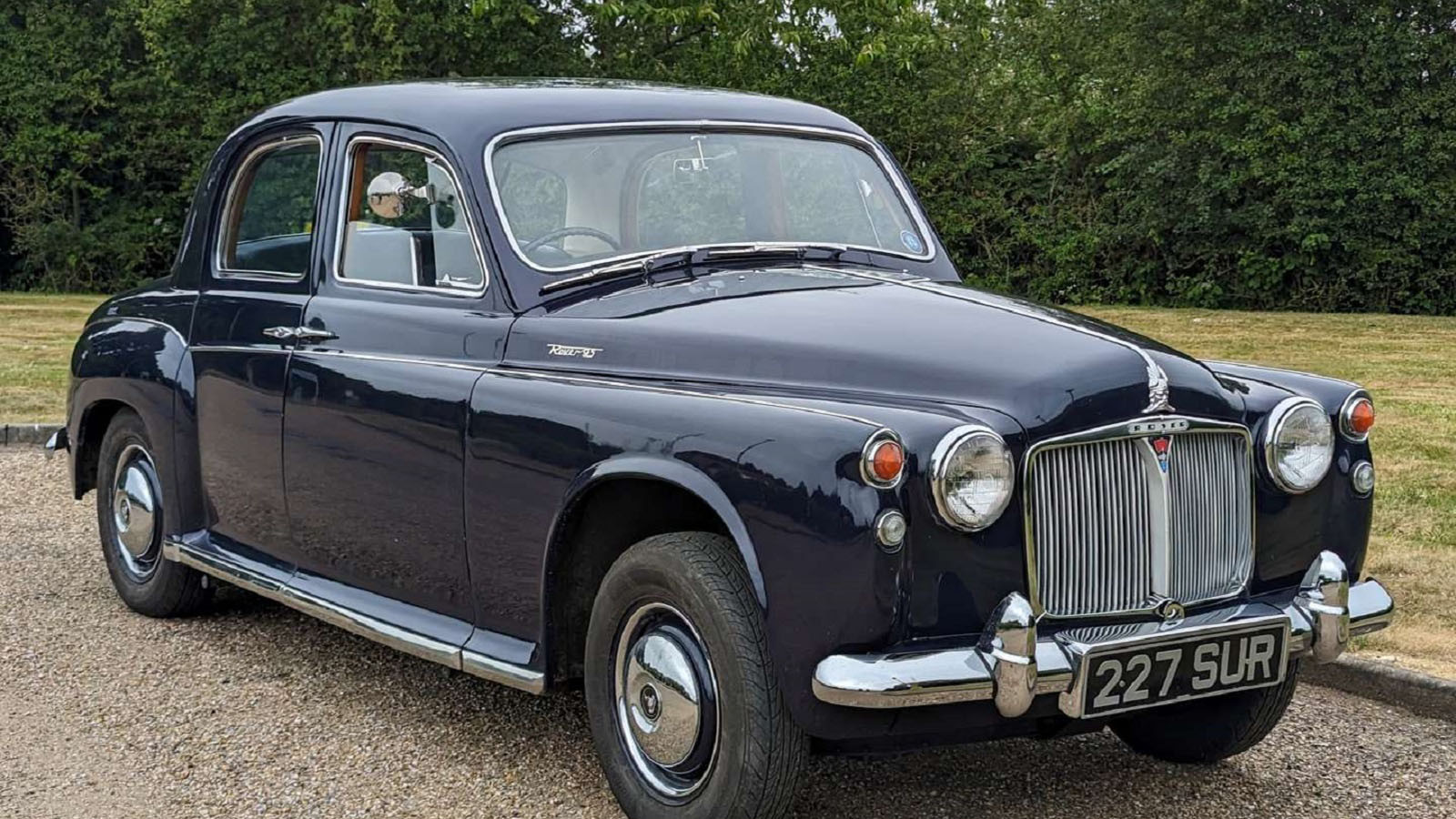 © Anglia Car Auctions
© Anglia Car Auctions -
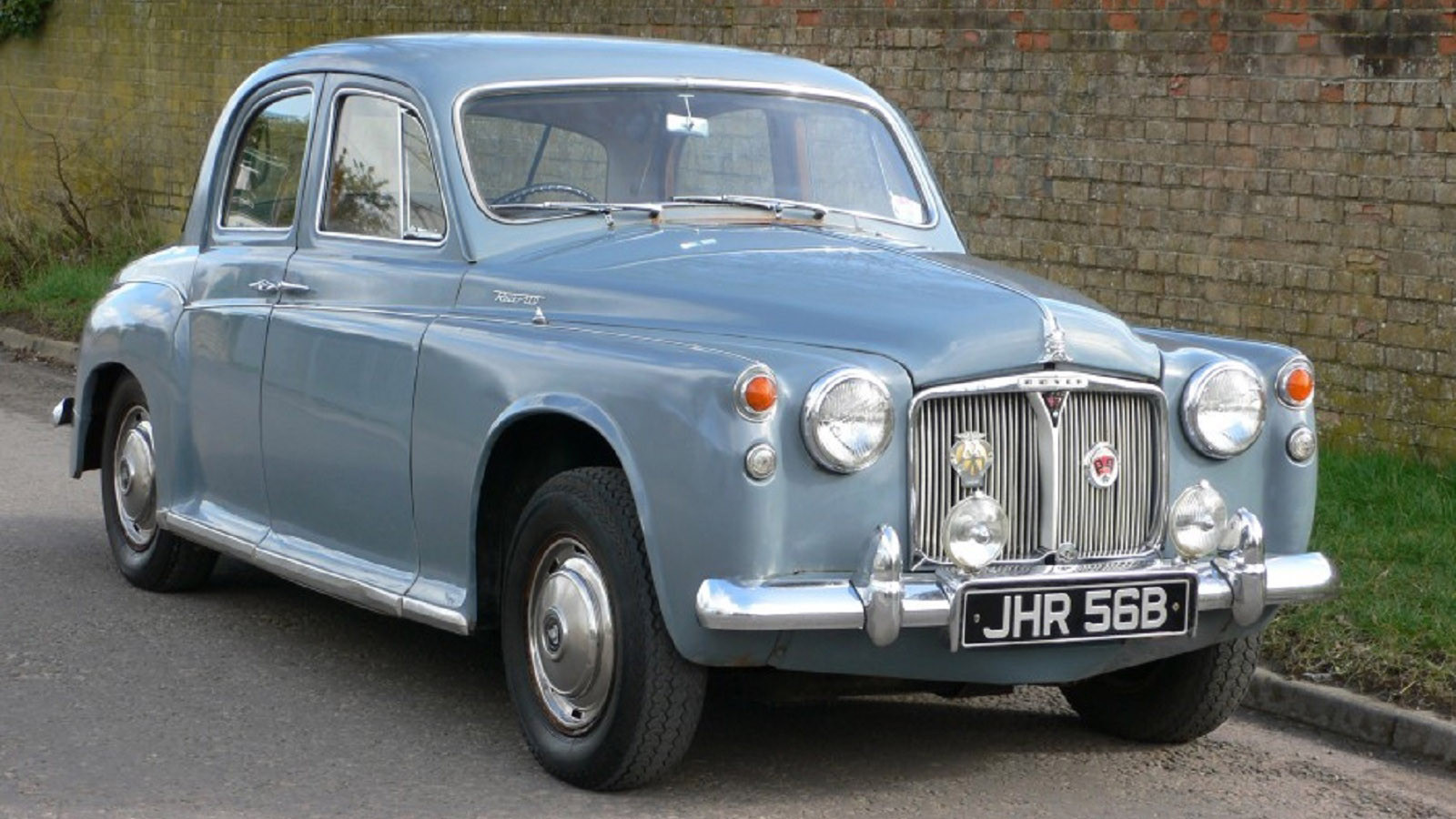 © Dorset Vintage & Classic Auctions
© Dorset Vintage & Classic Auctions
-
P4 perfection
As the Rover P4 makes it to its 75th anniversary in 2024, here’s a look at this mainstay of British saloons that threw up plenty of surprises.
From gas-turbine-powered cars and record breaking to sleek convertibles, the Rover P4 was at the heart of these developments.
It even inspired a lifestyle off-roader that would go on to influence the Range Rover.
For a car that was often viewed as very conservative, the Rover P4 led a varied and exciting life, which is showcased here in chronological order.
-
Studebaker (1947)
Studebaker’s new post-war cars had a huge impact on the Rover P4 and its designer Maurice Wilks.
He had struggled to come up with a cohesive look for the company’s new car until he saw this three-box saloon created by Raymond Loewy and Virgil Exner.
The full-width front, roofline and boot shape are all evident in the P4, and Rover obtained two Studebakers to study.
One of these was stripped to look at its construction, while the other had its body removed and fitted to a Rover chassis, so the Studebaker’s impact on the P4 cannot be underestimated.
-
ROV 500 (1948)
After several disappointing prototypes, Maurice Wilks’ epiphany with the Studebaker lines quickly resulted in several much more satisfying test models. These received registration numbers running from ROV 500 to ROV 502.
The scale models clearly have the overall profile of the eventual P4 production car, though none had the ‘Cyclops’ headlight that was to become such a notable feature of the P4 75.
The central Cyclops light only appeared late in the P4’s development on a further styling mock-up that was known internally as the Rover Viking.
-
75 (1949)
Visitors to the 1949 Earls Court Motor Show in London were initially a bit taken aback by this bold, new Rover saloon with its transatlantic looks.
Other elements of the Rover 75 proved controversial, such as the central passing lamp in the grille that quickly earned the car its ‘Cyclops’ nickname.
Inside, some were not convinced by the rectangular dash dials, though these were replaced by round dials within 12 months of the P4’s unveiling.
Under the skin, the P4 was solidly built and used a 2103cc straight-six to give a top speed of 80mph, and the 75 soon won over customers with its comfort and quality.
-
JET 1 (1950)
Rover’s wartime work on jet engines did not go to waste in the post-war years, because it came up with a gas-turbine-powered prototype car.
Using the P4 as its base, it was officially called the XT1, but became known as JET 1 after the registration acquired for this prototype.
The car was first shown off in 1950 with a body made by Salmons-Tickford as a convertible.
The engine was mounted behind the passenger compartment, because it was more simple to engineer the exhaust for the gas-turbine motor in this way.
Power was originally 100bhp, giving an 85mph top speed, but by 1952 this had risen to 230bhp.
Driven by Spen King, JET 1 set a new world record top speed for gas-turbine cars at 152.691mph on the Jabbeke Highway in Belgium in 1952.
-
Tickford cabriolet (1950)
Keen to broaden the P4’s appeal, Rover commissioned Tickford to build a pair of convertibles based on the 75.
The two-door drop-tops came with elegant lines thanks to Tickford extending the doors to maintain the styling balance. This was further helped by the hood stowing neatly behind the back seat.
Another Tickford change was to swap the standard P4 75’s column gearchange for a small gearstick on the transmission tunnel to give the car a sportier feel.
The Tickford cabriolet was well received by Rover’s management, but production did not happen and the two cars were eventually sold to private buyers. Only one is known to survive.
-
Marauder (1950)
Spen King, George Mackie and Peter Wilks briefly left Rover to set up their own company to produce the Marauder sports car based on the Rover P4.
A handsome, two-seat sports car, the Marauder moved the passenger cabin much further back in a shortened chassis, while the engine was a tuned version of the 75’s 2.1-litre straight-six.
Only 15 convertible Marauders and one coupé were built before swingeing Special Purchase Tax costs made the car too expensive next to rivals like the faster Jaguar XK120.
The final Marauder was sold in 1952 and all three of its creators ended up working back at Rover.
-
Road Rover (1951)
As Land-Rover’s rugged 4x4 gained in popularity, Rover’s Maurice Wilks and Gordon Bashford saw the potential in a more upmarket go-anywhere car.
Land-Rover’s own Station Wagon had fallen by the wayside because of high purchase-tax costs, but a more luxurious car would not be so affected by this.
The result was initially called the Utility Car, but soon became the Road Rover.
The chassis was modified from the P4’s, but the engine was a 2-litre unit from the Land-Rover.
Inside, however, the Rover influence was clear in the dash, steering wheel and the more upmarket feel.
Rover built 12 prototype Road Rovers and development continued as late as 1959, before the project was shelved.
Even so, the idea didn’t go away and ultimately re-emerged as the Range Rover in 1970.
-
Pinin Farina convertible (1952)
Inspired by the Tickford cabriolet, Maurice Wilks looked to Italy for a new open-top version of the P4.
He approached Pinin Farina to style the car and a chassis was supplied to the coachbuilder.
The resulting gold-painted convertible was set off by a red roof and its elegant lines were to have a lasting effect on the styling of future P4s, thanks to its large recessed grille.
Some design features were less welcome, such as the painted-metal dashboard, but Wilks went on to commission a coupé version and Rover was keen to put these models into production.
The company asked British coachbuilder Mulliner to help with this and one car was made, but then the coachbuilder announced an exclusive deal with Standard-Triumph that sank plans for this P4 convertible.
-
Revised 75 (1952)
The Cyclops central light had worked to give Rover a unique feature for the P4, even if it was not universally liked. By 1952, however, even Rover was ready to move on from this quirk.
A new radiator grille did away with the central light and immediately gave the car a much less fussy appearance at the front.
This design also brought back the triangular Viking’s head badge that had been used before the Second World War.
Other updates for the Rover P4 with this revision included improved heating and ventilation, there was a wider rear window, and the spare wheel now sat in its compartment under the boot floor.
One other change was to mount the body to the chassis on Silentbloc rubber pads, to further improve refinement.
-
60 (1954)
Rover finally extended the P4 range with the arrival of the 60. There were no cutting-edge, gas-turbine engines or Italian styling, just a 1997cc four-cylinder unit.
The 60 offered a more affordable way into P4 ownership and it came with up to 30mpg fuel economy.
It also introduced a new tunnel-mounted gearlever, which used a cranked shape so that a third passenger could still sit in the middle of the front bench.
A year after the 60 was introduced, Rover updated the P4’s styling with a bigger boot and a larger, three-piece rear window.
-
90 (1954)
Arriving alongside the 60, the 90 became the new top-of-the-line model in the Rover P4 range.
It used a 2638cc version of the 75’s straight-six motor, giving a top speed that could just touch 90mph, compared to 80mph in the 75.
Later versions did without the freewheel that had been part of the P4’s mechanical package since its launch.
From 1956, the 90 also gained stronger, vacuum-assisted brakes.
The 90 quickly became the most popular P4 model thanks to its smooth performance.
It went on to sell a total of 35,891 units, which was four times as many as the economy-minded 60.
-
Pinin Farina Coupé (1954)
Following the initial warm welcome for the Pinin Farina convertible, Maurice Wilks asked the Italian firm to create a coupé version of the P4.
What arrived at Rover’s headquarters in 1954 was a well proportioned and handsome two-door car that was clearly a P4 at heart, but also with more modern lines.
When the deal to make this car and the convertible with Mulliner fell through, plans for this coupé were scrapped.
However, its design obviously influenced the P5 saloon that was to follow in 1959.
-
105R (1956)
Late in 1956, Rover seized the opportunity to update the P4 range on the outside and under the bonnet.
The most obvious change was the new front wing shape that now incorporated indicators.
Under the bonnet, a new, twin-carburettor version of the 2.6-litre engine now offered 107bhp, though the 105 name was in keeping with Rover’s numbering policy.
The ‘R’ in this model’s name denoted the Roverdrive automatic gearbox, which was a first for the P4.
It was a complex design compared to the automatic transmissions of US cars, because the Rover had a two-speed manual gearbox with a torque convertor, servo-assisted clutch, and Laycock overdrive that effectively added a third gear.
It usually worked only in top gear and the driver could select the Emergency Low ratio on steep hills. Only 3499 Rs were sold.
-
105S (1956)
The ‘S’ in the 105S stood for synchromesh, which referred to the four-speed manual gearbox that now had this feature on all ratios. It was also the first P4 to break the 100mph top-speed barrier.
More importantly for many buyers of this upscale P4 that came with twin foglights, two-tone paint and overdrive as standard, was the improved acceleration.
Where the 105R with its sluggish automatic Roverdrive transmission needed 23 secs to deal with 0-60mph, the 105S was some 8 secs brisker.
Little wonder the S sold double the number of cars than the R, with a total of 7201 produced.
-
T3 (1956)
Rover had tried unsuccessfully with the T2 and T2A gas-turbine prototypes in 1952, so the T3 took a different approach to make gas turbines a viable option for production cars.
This pretty coupé body was made in glassfibre and had a stylised P4 front end. It’s also clear the wheels for this car came from the P4.
Other parts of the T3 were much more radical, such as its four-wheel drive, all-round Dunlop disc brakes and a 2S/100 gas-turbine engine that revved to 52,000rpm. This gave a top speed of 100mph.
The T3 was displayed at the 1956 Earls Court Motor Show in London and was a fully working car, but its poor fuel economy meant it never made production.
-
80 (1959)
In a move to rationalise the P4 range as its new, larger P5 saloon was launched, Rover replaced the 60 with the 80.
This used the 2286cc four-cylinder engine from Land-Rover, which made it the only overhead-valve motor used in the P4.
Perkier than the old 60, the 80 could reach 85mph flat out and, like all P4s now, it had front disc brakes and wider wheels to cope with its improved pace.
The launch of the 80 also coincided with a new front grille, bumpers, overriders, and a rear-numberplate surround for all P4s, as well as key starting.
-
100 (1959)
As part of the simplified Rover P4 line-up with just one four-cylinder and one six-cylinder model, the 100 took over from the 75, 90 and 105.
Key to the 100’s appeal was its new seven-bearing, short-stoke, 2625cc straight-six engine.
With almost as much power as the previous 105 models, the 100 was good for 95mph and almost as quick as the 105S from 0-60mph.
While some road testers commented the P4 was now getting on in years, customers stayed loyal and the revvy engine helped the 100 find 16,621 buyers in the short time it was on sale up to 1962.
-
105 (1959)
Very much a stripped-back version of the 105S, the 105 was only on sale during 1959, until the new P5 saloon came on stream to be the flagship of the Rover range.
The 105R with its complicated automatic transmission was ditched altogether, while the plainer 105 had less standard equipment than the S – this included a bench front seat in place of individual chairs.
When the 100 arrived in October 1959, the 105 was quietly dropped from Rover’s price list.
-
95 (1962)
Delays with launching the advanced new P6 saloon meant the P4 had a stay of execution.
As a result, Rover replaced the 100 with two models to sit either side of it. The 95 was, essentially, an economy-minded take on the 100.
To improve fuel efficiency, the 95 came with a 3.9:1 differential in place of the 100’s 4.3:1 unit, so acceleration was sacrificed.
This meant the 95 needed an extra second to go from 0-60mph, taking 18 secs to the 100’s 17-sec sprint.
The pay-off was the 95 could cover 25 miles for every gallon of fuel consumed compared to 20mpg for the 100.
Oddly, the 95 did not have overdrive fitted, which would have made it even more economical.
-
110 (1962)
Borrowing the Harry Weslake-improved cylinder head from the new P5’s 3-litre engine created the most powerful P4 model, the 110.
It produced a healthy 122bhp thanks to the improved breathing of its new cylinder head with separate inlet manifold, larger valves and bigger single SU carburettor.
It also revved more freely and made peak power at 5000rpm compared to 4750rpm for the 100.
Other small changes for the 110, and 95, were wheels painted in black rather than the body colour, and the bonnet, boot and doors were now skinned in steel rather than aluminium.
When the curtain came down on the 110 in 1964, it had sold 4612 units.
Thank you to the Rover P4 Drivers’ Guild for helping with this feature
We hope you enjoyed this gallery. Please click the ‘Follow’ button above for more super stories from Classic & Sports Car.
